Planting and caring for a weigela in the Moscow region
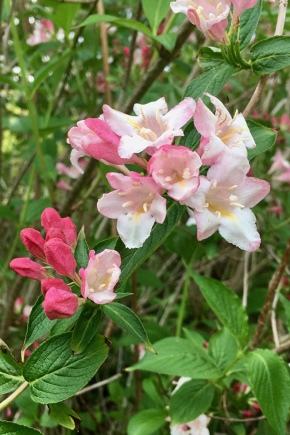
People who have their own land often think about how to decorate it beautifully. Ornamental plants are often used for this purpose. Weigela may well be one of these plants.

Description
This shrub is native to East and Southeast Asia. In the Far East of Russia, 3 native species grow, 9 more are "migrants". Weigela belongs to perennial plants, famous for leaves of an unusual shape and color, as well as a variety of bright color variations of inflorescences.
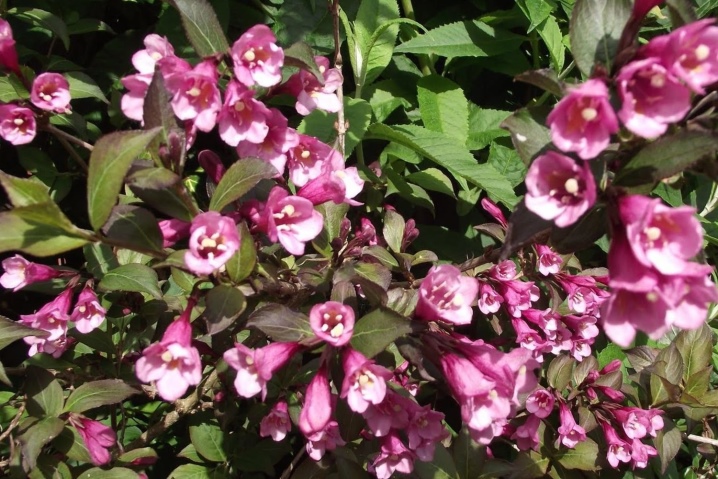
As for the characteristics of the plant, the following can be said:
- the growth of weigela ranges from 35 cm to 3 m, depending on the variety;
- leaves are opposite each other, do not have stipules;
- bell-shaped or funnel-shaped flowers, the color varies from white to deep red;
- each flower has 5 petals;
- weigela blooms usually in summer, from June to August;
- fruits are represented by capsules with two valves, inside there are small angular seeds, which are quickly carried by the wind.
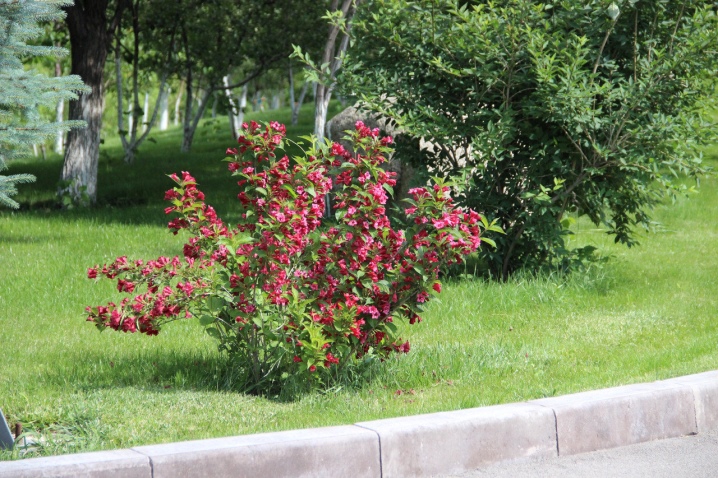
Weigela loves moisture, sun, but also tolerates shade quite well. For reproduction, cuttings and ripe seeds are used, which are better sown in early spring in greenhouses.
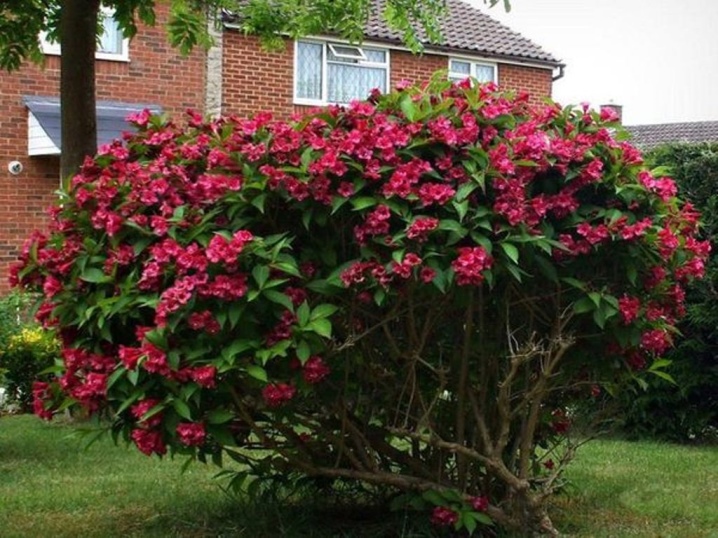
A wide variety of varieties of this plant makes it easy to choose the best option for growing in certain climatic conditions, even as far from the east of Asia as the Moscow region.
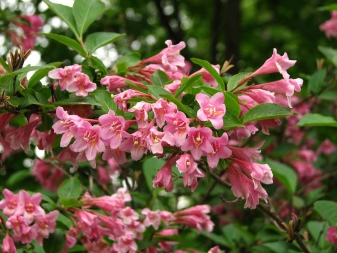
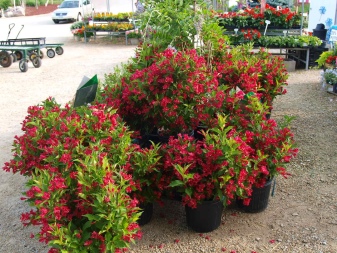
The best varieties to grow
For cultivation near Moscow, winter-hardy varieties should be selected, otherwise the plant will delight you only one season. Let's consider some types of weigela, suitable for cultivation in the conditions of central Russia.
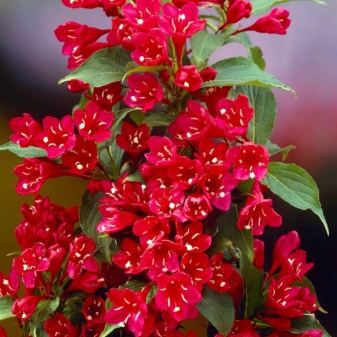
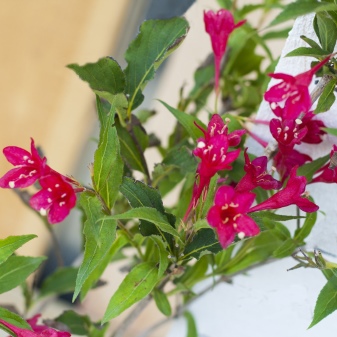
- Hybrid. Various varieties of hybrid weigela are obtained through artificial crossing of wild species. One of their valuable qualities is the possibility of repeated flowering. Among the most frost-resistant are such names as "Candida", "Bristol Ruby", "Styriaca", "Lucifer", "Nana Variegata", "Gustav Malle".
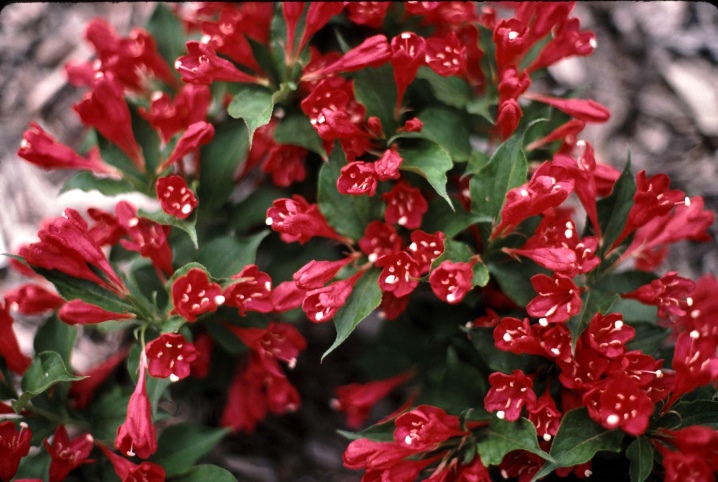
- Blooming. The advantages of this species: drought resistance, abundant flowering, small size. Winter hardiness is at an average level, so in the cold season, these shrubs need shelter. Popular varieties: Elvera, Alexandra, Pink Princess and others.

- Garden. Valuable qualities: fast growth, good drought and frost resistance, ease of reproduction. Requires a lot of sun. In shaded areas, growth slows down and the number of flowers decreases.
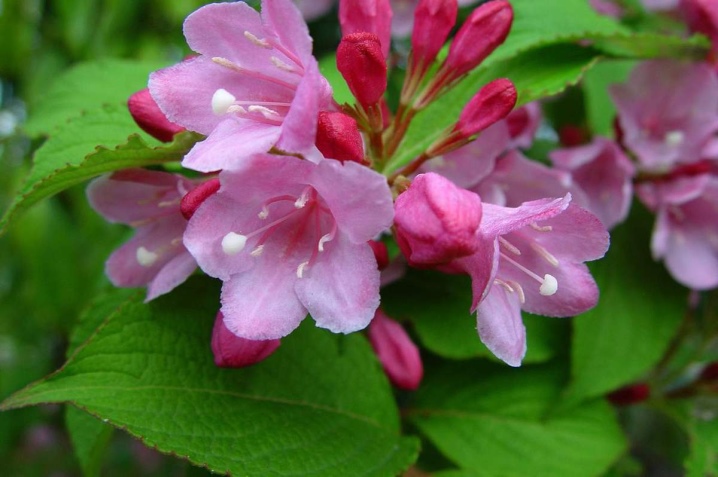
- Early. A distinctive feature of this species is the crown of an almost regular spherical shape. Just like the garden one, it grows quickly, blooms well in sunny areas, tolerates heat and frost well. If the weather is dry and hot in summer, the plantings will need to be watered.

How to plant?
For planting this light-loving plant, select places that are generously illuminated by the sun and protected from gusts of wind. Lack of lighting negatively affects the abundance of flowering, crown shape, leaf color and the duration of seed ripening. It should also be noted that when grown in shaded areas, the branches of the weigela remain soft for a long time.
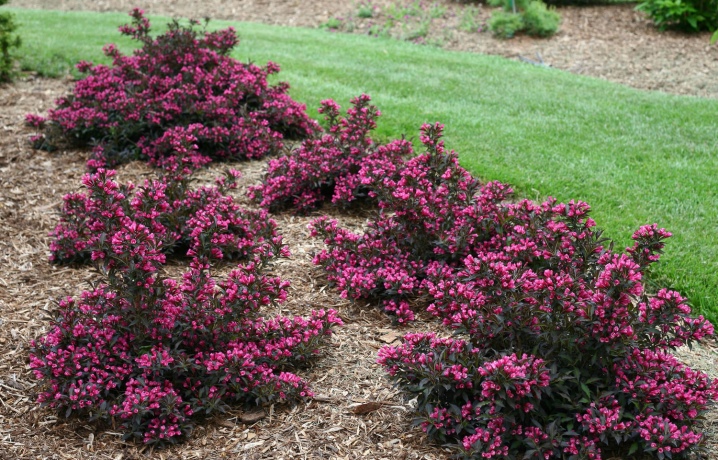
The requirements for the soil are not so severe: any soil is suitable for weigel, of course, provided that it is fertile, loosened and slightly moistened.

The best time to plant seedlings in open ground is spring.To do this, you will need to dig a hole of about 50x50x50 cm. To ensure good drainage, coarse sand or gravel should be poured onto the bottom: the roots of the bush are too thin, and if the water stagnates, they will simply start to rot. Set the seedling in the ground and carefully cover it with earth. At the same time, do not bury the neck of the roots in the soil - it must remain level with the ground. Moisten the soil around the seedling with a watering can. Cover the ground around the planting with an 8-10 cm layer of sawdust or any other mulch mixture (leaves, peat, pieces of bark).
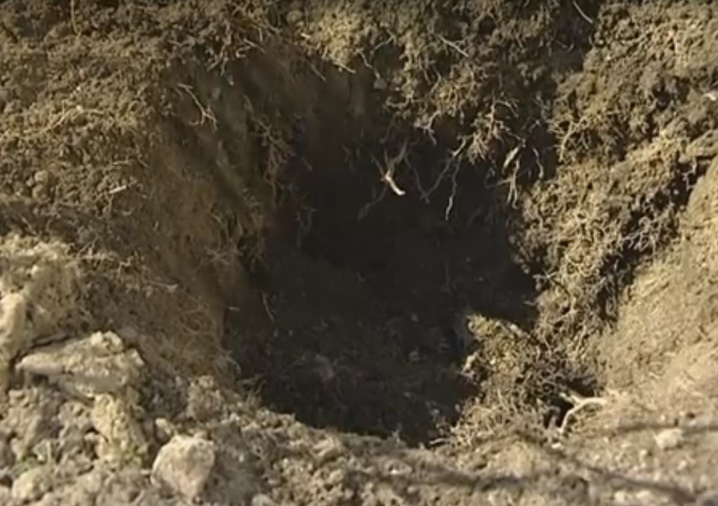
How to take care of it properly?
Caring for a weigela is not difficult. Winter-hardy varieties do not even require shelter in the cold. Of course, at the same time, young branches can freeze, but when spring comes, the plant quickly takes shape. If the winter is expected to be harsh and with little snow, it is better to cover the plants (especially young ones): with dry leaves, agrofibre or spruce branches.
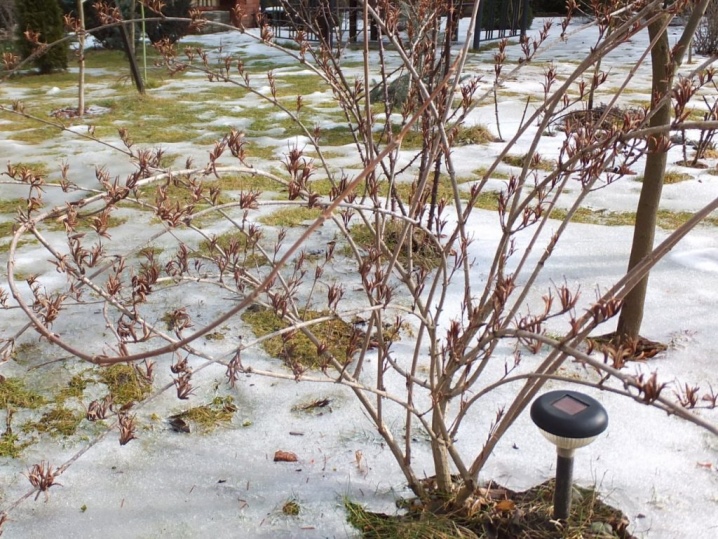
Watering
Do not allow the soil in which the shrub was planted to dry out. If the weather is hot, mulch the topsoil with dry spruce needles, grass or peat to prevent excessive evaporation of moisture. Water your decorative plantings regularly and abundantly.
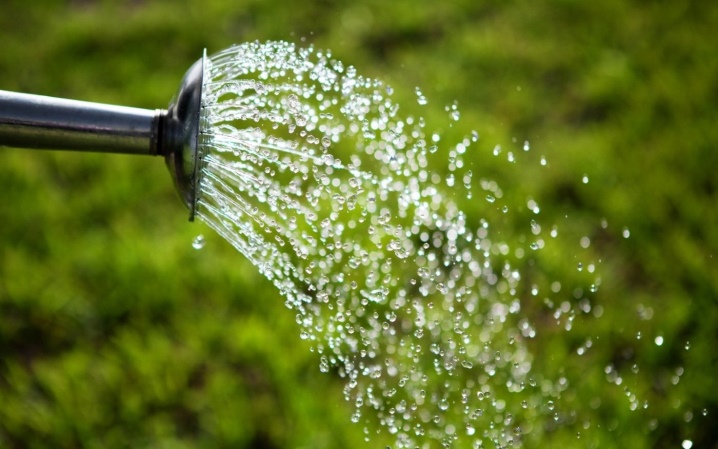
Fertilizer
For harmonious development, your plant needs mineral fertilizing. The best option would be to apply fertilizers to the soil 2 times per season. The first time is in early spring, even before the leaves appear. Enough 30-40 g of complex flower fertilizers per plant. The second top dressing is best done in late spring, during the budding period. The plant at this time more than ever needs additional nutrition, because it gives all its strength to future flowers.
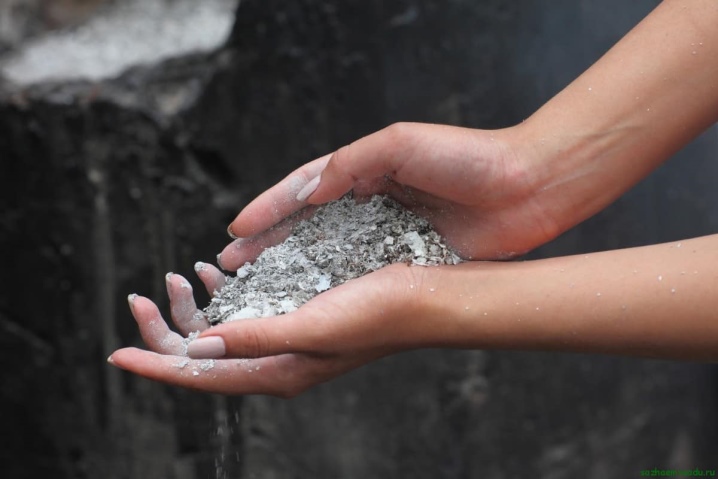
Instead of chemical fertilizing, you can also use natural fertilizers.
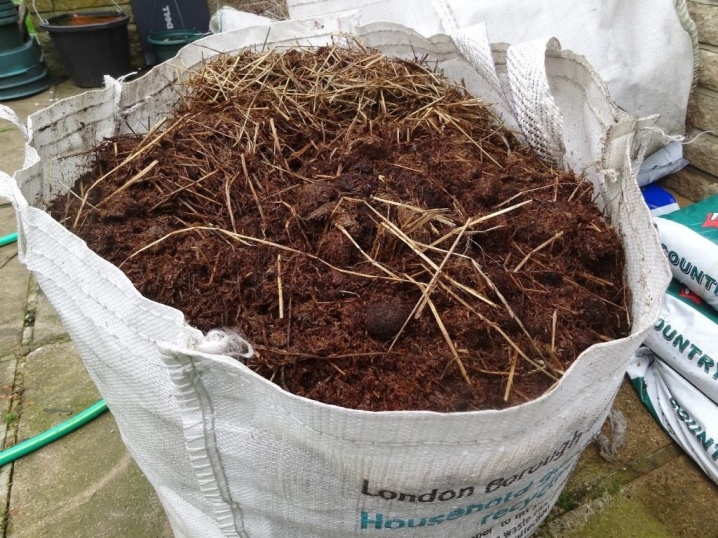
Pruning
In order for the weigela bushes to have a beautiful shape, in the second year the plants are cut in early spring (before the buds are pecked). In this case, the branches are shortened in such a way that their length from the ground is about ten centimeters. This procedure induces active growth of young shoots. If necessary, pruning the branches is done again.
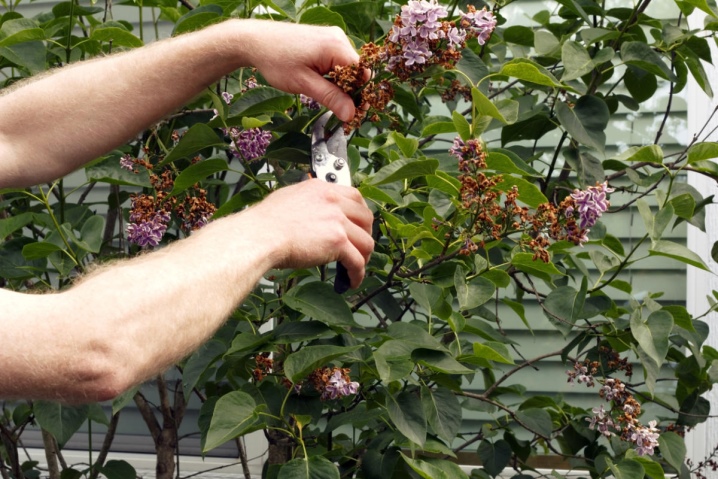
Preparing for winter
First, clear the area of fallen leaves - the ground should be clean. This is done to prevent various pests, because they winter well under the cover of a layer of foliage and in the spring they will again annoy you.

Then you should treat the root area with a fungicidal preparation - to prevent fungal diseases. After that, the ground around the bush needs to be thoroughly loosened and the trunk of the plant should be surrounded by a 20-25 cm mound.

Place fir branches on the ground. Carefully tie all the weigela shoots into one bunch and bend it to the ground (in the place where the spruce branches were laid). Cover the shrub with another layer of spruce paws on top and cover with plastic. Secure the shelter with pegs or stones, leaving no gaps for air and water to pass through.

You can make a mini-greenhouse for wintering a heat-loving plant. This method is justified if severe frosts are expected.
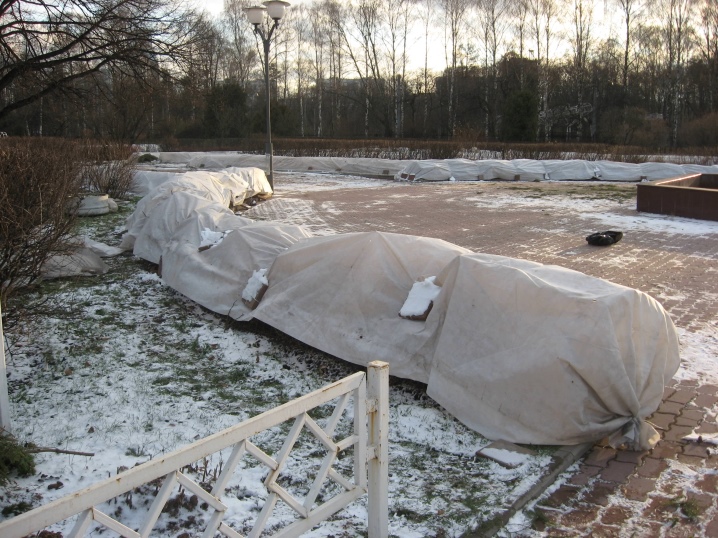
Diseases and pests
The cultivated varieties of weigela are distinguished by a marked resistance to diseases and insect pests. Despite this, plantings are often attacked by aphids and worms. You can also be attacked by deciduous caterpillars, spider mites and thrips. To combat them, you only need to treat the shrub with any suitable insecticidal preparation a couple of times. You can also use environmentally friendly folk remedies - for example, a tincture of garlic or hot pepper.
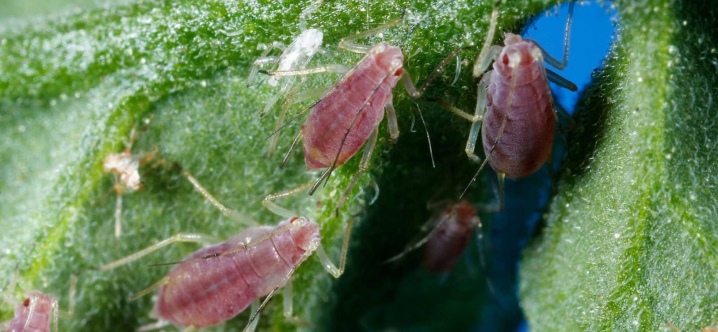
The plant is susceptible to diseases such as gray rot, leaf spot (bacterial and fungal), and root collar cancer. Treatment of the first two types of infections is determined by the degree of damage to the bush. If you managed to catch the disease at the initial stage, you need to remove all affected parts of the plant and burn them. And treat the bush itself with a bactericidal or fungicidal preparation (for example, Bordeaux liquid, copper sulfate solution or complex agents).

In the event that spherical growths appear on the root neck of the bush, gradually hardening and covered with a woody crust, there is only one way out - to destroy the plant diseased with bacterial cancer. There is currently no effective treatment for this disease, and in order to prevent infection of other specimens, the bush affected by cancer must be burned.
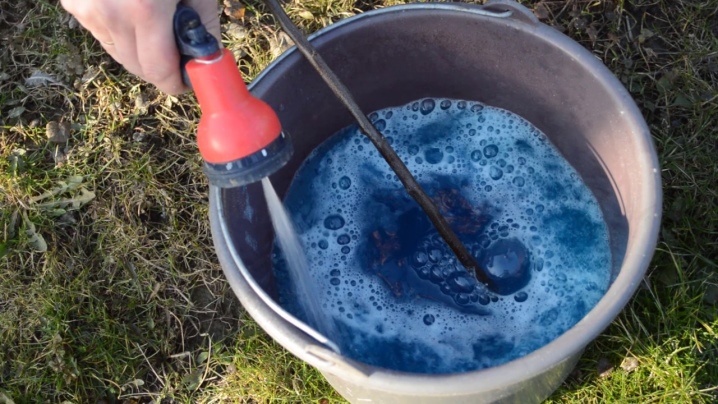
Do not forget about prevention, because it is much easier to prevent illness than to deal with the consequences of infection later. For this the soil is treated several times with a solution of potassium permanganate or Bordeaux liquid. The first time such treatment should be carried out in early spring, when nature begins to awaken from a long winter sleep. The second time (optional) you can process the bushes during the budding period - this is the time when any plant is most defenseless. For the third time, the land is cultivated in late autumn, before covering the weigela for the winter.

More details about weigel can be found in the video below.



































































The comment was sent successfully.